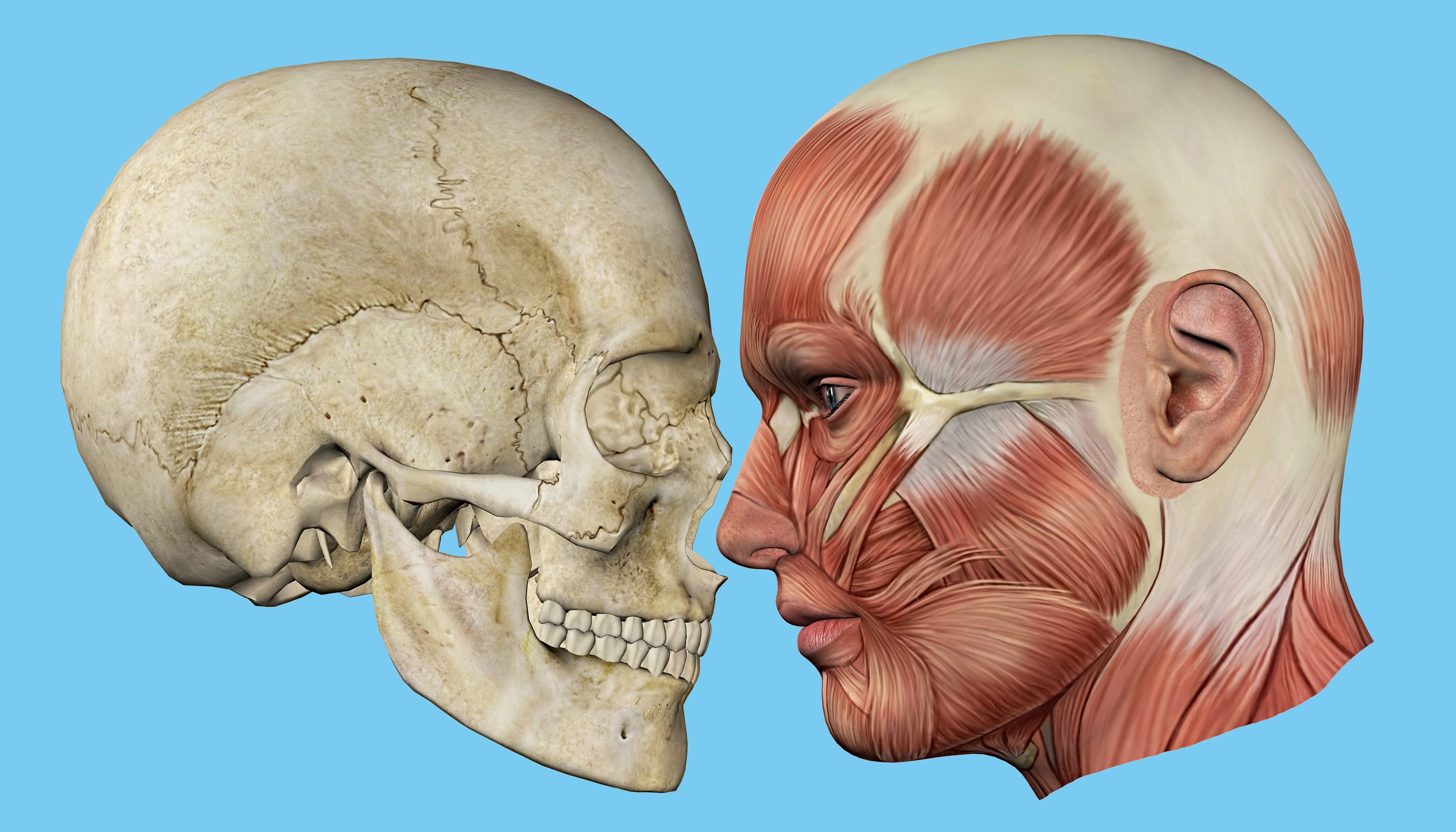My Visit to the Dentist: A Type A Perspective on Relaxation and Jaw Exercises
I went to a new dentist last week.
I’m not in the habit of switching dentists, but we moved, and our old dentist was now located three hours (and a mountain range) away. So, there I was, in a tiny room, with a brand-new person examining my teeth.
“Do you have any concerns?” she asked, right before looking intimately into my mouth (dentistry is a truly unusual profession).
“I’m aware of my gum recession, but other than that, no concerns.”
“I noticed that,” she said, as she began her examination.
Ninety Seconds Later…
“You have excellent teeth. The best I’ve seen today,” she commented. “You obviously take extremely good care of them.”
“Thank you. What can I do about the gum recession?”
“It’s just something to watch. It’s not a problem. Do you clench your jaw at night?”
“No. I tape my mouth and wear a retainer so I don’t clench. I also meditate before bed.”
At this point, she had the look I’ve seen before—the one that says, “Ooh... you’re one of those.”
“If you’re sleeping, you aren’t conscious of what you’re doing,” she said gently. “Make sure you do your jaw exercises and maybe try to relax.”
Relaxation: Easier Said Than Done?
This dentist has excellent bedside manner and seems extremely competent. Her suggestion to “try to relax” was well-intentioned, but telling a (clearly) Type A individual to relax is like telling a Type B person they should get up early and exercise. Both ideas are great in theory, but in reality, neither person is likely to implement the suggestion, at least not in its current form.
Why? Because the suggestions ignore the individual’s personality traits.
Some of you may be thinking, “I’m a reformed Type A person! Of course, you can change and become someone who can relax on command!”
First of all, I commend anyone who takes the time, effort, and discipline to change strong personality traits. It’s difficult to do and requires a lot of organization, focus, and determination.
Oh, wait! Those are traits associated with Type A individuals!
And it’s true—one way to become more relaxed and less stressed (i.e., more Type B) is by tapping into your Type A superpowers.
Embracing Personality Traits: Type A or Type B?
Rather than fight personality traits that serve me well in many contexts, I choose to balance the more intense aspects of my personality through activities like mindfulness and meditation. Just as a Type B person who knows they need to prioritize exercise might do things like meet a friend at the gym or sign up for small group training at a time they’re more likely to attend.
Type A vs. Type B: What’s the Difference?
Type A individuals tend to be action-oriented, focused on achieving many goals at once. They might be impatient, ambitious, and highly organized.
Type B individuals are often more laid-back, lead lower-stress lives, and work steadily without stressing too much about deadlines or achievements. They might struggle with time management.
Both personality types have strengths—and challenges. The key is to use those strengths to your advantage rather than trying to completely overhaul your personality.
Jaw Exercises: A Movement Nerd’s Dream
Fortunately, relaxation was only one piece of the dentist’s suggestion. My inner movement nerd lit up at the idea of jaw exercises.
A (Very Brief) Overview of Jaw Anatomy
Your mandible is the largest bone in your skull. It’s the lower part of your jaw and connects to the temporal bone(another skull bone) via the temporomandibular joint, aka your TMJ. There’s an articular disc between the two bony surfaces that reduces friction, provides stability, and may provide lubrication.
Here’s the thing about TMJ joints—there are two of them. Unlike other joints, the bones making up the TMJ joints aren’t separate. If you move your lower jaw to the left, the right side comes with it. If you move the right side of your jaw down, the left side moves too.
Another way to think of it: you have two TMJ joints responsible for one bone, rather than two joints responsible for bones on separate sides of your body.
Muscles Involved in Jaw Movement
The muscles that control jaw movement allow you to:
Open your jaw
Close your jaw
Move your jaw to the right
Move your jaw to the left
Move your jaw forward and back
When we talk or eat, we make a combination of these movements.
Random Fact!
The mandible ossifies (turns from cartilage to bone) during the sixth week of development. It’s the second bone to ossify. The first is the clavicle.
The Jaw-Neck Connection: More Than You Think
The ability of the muscles in your jaw to function well is partially dependent on the position of your neck. One muscle deserves special attention here: the sternocleidomastoid (SCM).
The SCM connects the clavicle and sternum (collarbone and chest) to the back of the neck. It has two heads (one from the clavicle and one from the sternum) that merge into a single muscle belly, attaching to the back of the ear and behind the head.
You can actually feel this! Try this:
While the SCM isn’t more important than other neck muscles, it’s one you can easily feel. And when you can feel something, it’s often easier to connect with it.
A Quick Exercise: Feel the Connection
It’s also easy to feel the muscle in your upper back that connects to the back of your neck, aka your trapezius. This muscle connects the back of your head to your back and is active when you move your jaw.
Shrug your shoulders up as close to your head as possible.
Move your jaw.
Slide your shoulders down.
Move your jaw again.
Which way feels easier?
Jaw Exercises: Small Steps, Big Results
Below, I’ve shared some ideas for jaw exercises in the video. They are just one piece of the puzzle. Other factors that influence the muscles in the jaw include:
Stress levels
Final Thoughts
If you experience jaw pain, clenching, or tightness, contact your healthcare provider for a holistic approach to pain management. If, like me, you don’t experience discomfort but your gums suggest you clench at night, consider adding these exercises to your nightly routine. Give it a try. See how it goes.



